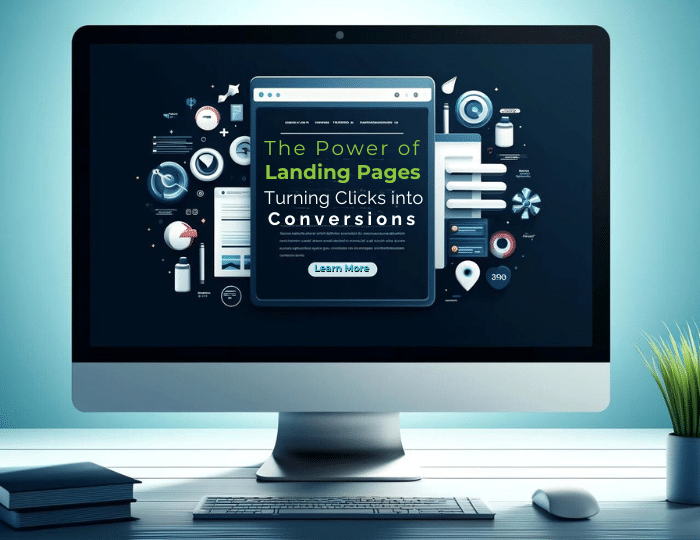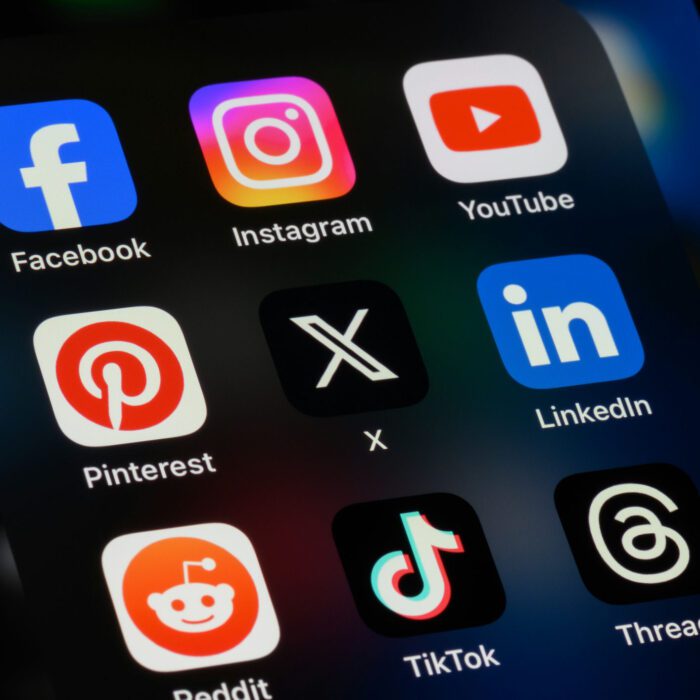Digital and social media marketing are all about visibility. In the early days, businesses could rely on organic reach. In 2022, Facebook and Instagram have evolved into pay-to-play markets.
As algorithms shift to favor individual accounts, new and established businesses struggle. Social networks, like Facebook, promise engagement with paid advertising, but is it worthwhile? Do companies really need a social media presence to thrive, or can they survive with a website?
People have come to expect a digital presence, including social media, from businesses. However, incorporating social networks into your paid marketing depend on its effectiveness.
The Significance of Social Media in Current Marketing Strategies
One cannot argue the relevance of social media in the modern world. Regardless of personal opinions, all social networks are active, opinion-generating machines. The trick to profiting from social media is finding the discipline to capitalize on the trend.
All networks are not created equal. According to recent social media statistics, Facebook leads the pack. With billions of users worldwide, Facebook and other networks provide potential marketing momentum. A company can start an effective grassroots campaign without ever knocking on a single door. However, networks’ dynamic changes no longer offer the same free sustainable growth.
Networks like Facebook use algorithms to sort content and recommendations. While algorithms do not represent instant death for organic campaigns, they complicate things. The assumed adversarial role of algorithms means marketers must try new tactics. Pay-to-play seems to offer the most significant advantage.
The Pay-to-Play Evolution
A common fear among businesses is that organic reach is dead. While it isn’t time to write the obituary just yet, organic reach is declining. There are two reasons for the decline in organic marketing: volume and consumer focus.
Technology allows straightforward approaches to posting information on platforms like Facebook. The easier a person can snap a photo, tap a button, or jot a note, the more they post. Advances in consumer technology mean the sharing of a larger volume of information. More information means more competition from businesses and individuals.
Additionally, social networks are attempting to realign business strategies to their core values. Social platforms, including Facebook, are for individual engagement. Algorithms now place a preferential treatment on each user.
Central dashboards, like Facebook’s News Feed, display only a fraction of possible stories. The system decides which stories out of thousands should mean the most to the user. Despite the moral ambiguity of tech deciding for the individual, the system seems to work. Facebook’s platform has over two billion users globally.
Unfortunately, with the decline of organic reach, social networks adopted pay-to-play models. Paid advertising allows businesses to get messaging out, but is it worthwhile?
Reasons and Benefits of Using Paid Engagement Options
Whether a business should use paid social media advertising depends on the size and scope of the entity and campaign. New and small companies do not have the brand awareness to compete in a saturated market. Paid advertising offers smaller competitors a chance for visibility. The pay-to-play platform allows established companies a low-cost way to test marketing strategies.
Organic engagement is time-consuming, and its effectiveness is questionable. Engagement rates for organic posts range between 0.05% and 0.29%. Still, organic content builds credibility and trust, two characteristics necessary for consumer loyalty.
Pay-to-play options can help with engagement. The core reasons companies opt for paid strategies include:
- Building new audiences
- Establishing groundwork for remarketing
- Expanding current reach
- Increasing post visibility
Video Is the Only Paid Engagement Strategy
Social media marketing requires a combination of organic and paid marketing strategies. Organic alone does not carry the weight for a campaign. Paid advertising is the best way to get a brand’s message in front of its consumers.
Each paid campaign needs an objective and purposeful, network-based content. The objective is a simple choice between six options:
- Awareness
- Traffic
- Engagement
- Leads
- App Promotion
- Sales
The content and its channel are vital to network appreciation and campaign costs. Facebook and other platforms do not want users to navigate away from their networks, which is why clickable links and static content cost more than videos.
Facebook makes it clear through pricing they prefer video content. Videos are user-friendly and present fewer risks of abandonment.
Social media marketing becomes more competitive and complex by the day. With the help of digital marketing professionals, a company can increase its audience and profit. Contact Sprout Media Lab at (800) 617-6975 for help building a focused and effective marketing campaign.











